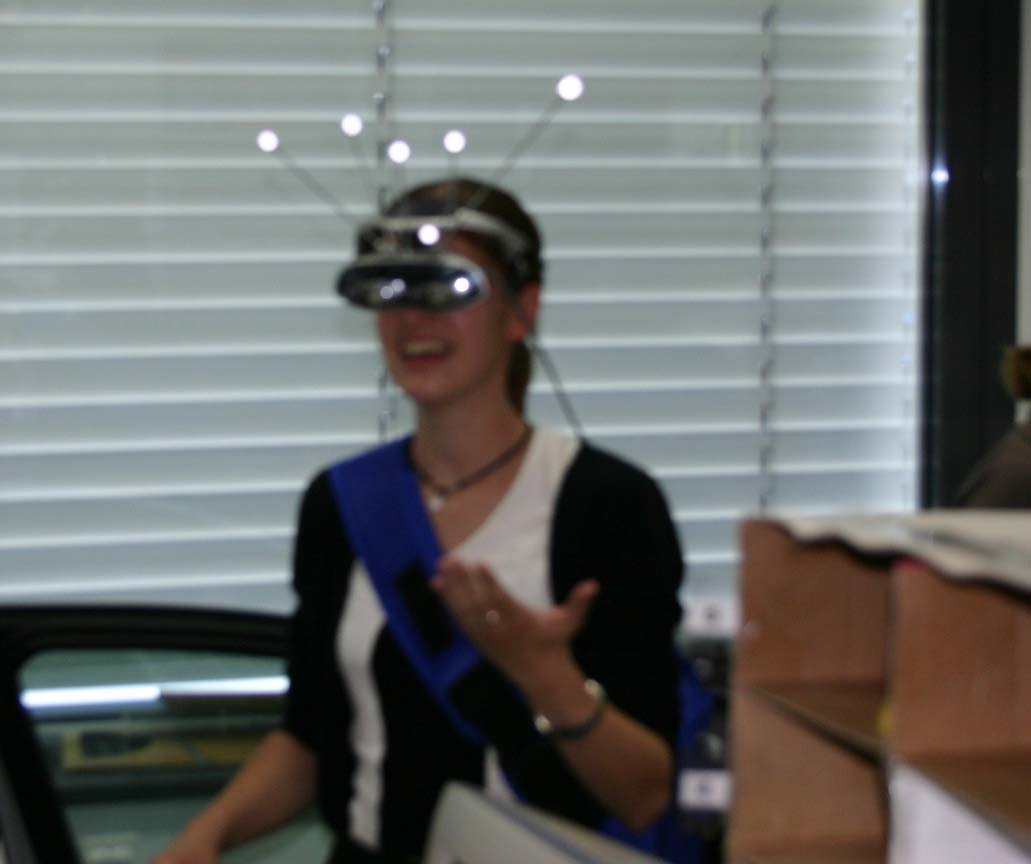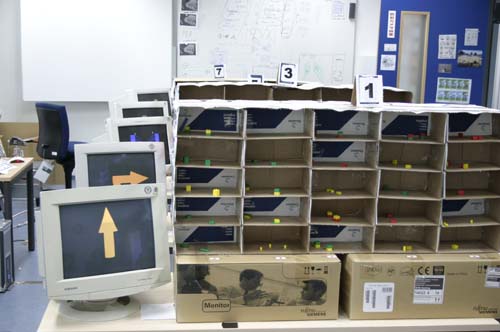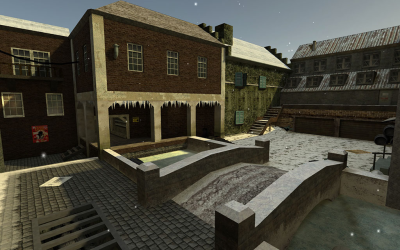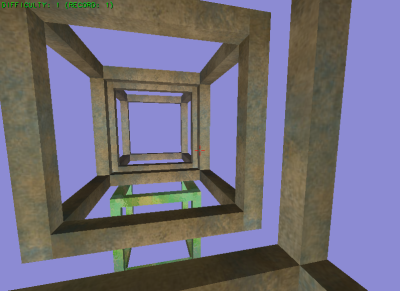Identifying Efficient Users of Augmented Reality Systems


 Videos of the current System
Videos of the current System
Overview
The diploma thesis Display Technologies for Augmented Reality support in Logistics measured the working speed of people while using an augmented reality system (AR). In a warehouse testbed the subjects had to collect items from shelves and were assisted by different display technologies. The result showed some clues about a connection between experienced computer gamers and the working speed. Thus one may come to the hypothesis that there may be more factors which enable people to work more efficient with AR systems than others. The next interesting step now would be to discern these factors. The question is, does the efficient use depend on character traits, intelligence or items like age, education, the ability for spatial perception etc. This master’s thesis tries to identify these factors and comprises different tests to do so. Besides intelligence and personality tests, inquiries of computer anxiety, spatial abilities, age, gender and more are considered. The objective is
to develop a test-suit, which enables employers to identify efficient users of augmented reality systems.
Ausarbeitung
Bilder aus dieser Arbeit
- Das Warenlager
-

- HMD-Visualisierung: Pfeil
-

- HMD-Visualisierung: Rahmen
-

- HMD-Visualisierung: Funnel
-

- Test: Etappenlauf
-

- Test: 3D-Labyrinth
-

- Ein Beispiel aus dem I-S-T 2000 R für das räumliche Vorstellungsvermögen: Würfelaufgabe
-

Link
Literatur
- Personality and Intellectual Competence (Chamorro-Premuzic, T. and Furnham, A.)
- Identifying Likely Successful Users of Virtual Reality Systems (Howe, T. and Sharkey, P. M.)
- Intelligenz-Struktur-Test 2000 R (Hogrefe)
- The Big Five Personality Factors - The Psycholexical Approach to Personality (Raad, B. D.)
- Intelligence, Heredity, and Environment (Sternberg, E. R. J. and Grigorenko, E.)
- Attention funnel: omnidirectional 3D cursor for mobile augmented reality platforms (Biocca, F. and Tang, A. and Owen, C. and Xiao, F.)
- Mitarbeiterqualifizierung und -mobilität: Einflussfaktoren und Auswirkungen des flexiblen Mitarbeitereinsatzes im logistischen Umfeld (ForLog - Bayerischer Forschungsverbund: Supra-adaptive Logistiksysteme)
- View Management for Virtual and Augmented Reality (Bell, B. and Feiner, S. and Höllerer, T.)


 Videos of the current System
Videos of the current System






